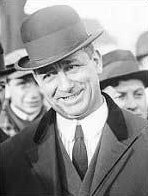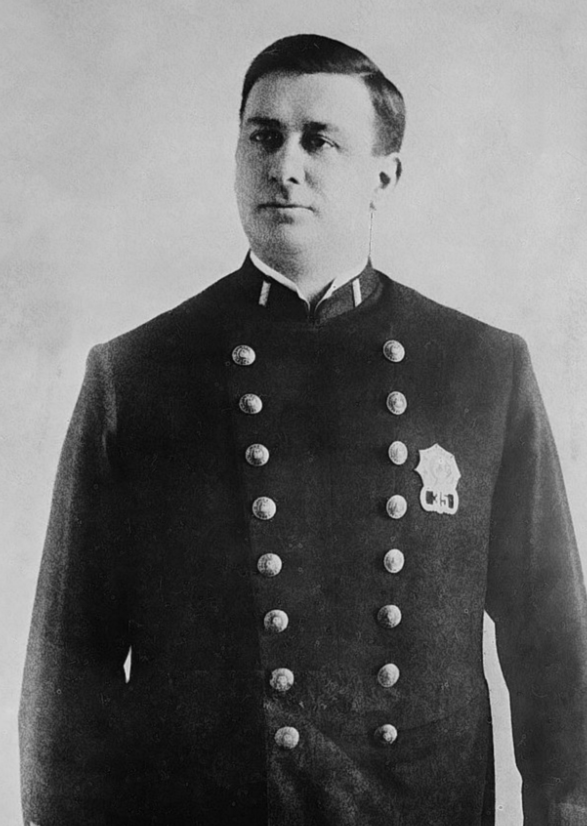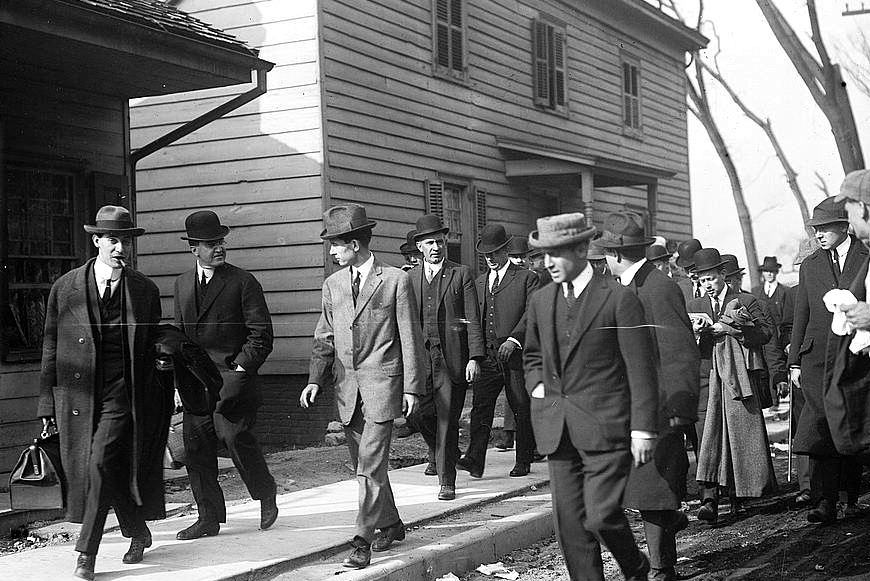
1870 - 1915
Charles Becker
Summary
Name:
Years Active:
1912Birth:
July 26, 1870Status:
ExecutedClass:
MurdererVictims:
1Method:
ShootingDeath:
July 30, 1915Nationality:
USA
1870 - 1915
Charles Becker
Summary: Murderer
Name:
Charles BeckerStatus:
ExecutedVictims:
1Method:
ShootingNationality:
USABirth:
July 26, 1870Death:
July 30, 1915Years Active:
1912bio
Charles Becker was born on July 26, 1870, in the village of Callicoon Center, in Sullivan County, New York. His parents were German-American immigrants who came from Bavaria. When he was a young man, he moved to New York City in 1890. In the city, he began working as a bouncer in a German beer hall located just off the Bowery.
In November 1893, Becker joined the New York City Police Department. He started his career as a police officer during a time of significant change in New York. In the fall of 1896, he became well-known after he arrested a woman named Ruby Young on Broadway. Young was a known prostitute, and her arrest gained attention because she was with a famous writer named Stephen Crane, who had written "The Red Badge of Courage." The next day, at her hearing, Crane defended Young, which helped her case. The magistrate dismissed the charges against her. Young later accused Becker of perjury, feeling that she had been unjustly treated.
Becker felt threatened by the charges and took action to defend himself. He collected evidence and hired a lawyer named Louis Grant. Becker also reached out to his fellow officers for support. On October 15, 1896, he appeared at his trial surrounded by police colleagues. After several hours of testimony, he was acquitted. This experience taught him about the influence and power of his position as a police officer.
Becker later married Letitia Stenson, who was from Ontario, Canada. They had a son named Howard P. Becker, born in 1899. However, after six years of marriage, the couple divorced. Howard grew up with his mother and later became a professor of sociology.
In 1905, Becker married again, this time to a woman named Helen, who worked as a schoolteacher. They had a daughter named Charlotte, who sadly died shortly after her birth in 1913. Throughout their marriage, Helen maintained that her husband was wrongfully convicted of murder.
Becker was also active in police reform efforts. In 1902 and 1903, he was a leader in a movement that sought to implement a three-platoon system for police officers. This would help reduce their working hours significantly. In 1906, he worked in a special unit focused on investigating police corruption. During his career, Becker became a lieutenant and was eventually put in charge of one of the city's anti-vice squads.

murder story
Charles Becker was deeply involved in crime while working as a lieutenant in the New York City Police Department. He extorted over $100,000 from illegal brothels and gambling casinos in Manhattan. In July 1912, a significant event occurred when Herman Rosenthal, a gambling figure, criticized Becker for a police raid on his casino. Rosenthal alleged that Becker was collecting a hefty percentage from his operations.
On the day Rosenthal was set to testify against Becker, he was murdered. Four gangsters, including Louis "Lefty Louie" Rosenberg, shot him as he left the Hotel Metropole. They did not attempt to hide their identities. After the murder, the Manhattan District Attorney, Charles S. Whitman, accused Becker of orchestrating the hit. Following public outcry, Becker was reassigned to desk duty.
Becker's arrest came on July 29, 1912, when detectives from Whitman's office took him into custody. In a biased trial led by Judge John Goff, Becker was convicted of first-degree murder. His conviction was overturned on appeal because the trial was deemed unfair and lacking independent witnesses. However, another trial in 1914 resulted in a guilty verdict and a death sentence for Becker, making him the first police officer in New York to receive such a penalty.
Becker maintained his innocence until the end. He claimed that while he wanted Rosenthal dealt with, he did not intend for the man to be killed. The prosecution relied on testimonies from various underworld figures, who received immunity in exchange for their cooperation against Becker.

Governor Whitman signed Becker's death warrant in 1915, overseeing his execution on July 30, 1915, in Sing Sing Prison. The electric chair failed to operate smoothly, leading to a difficult execution process lasting nine minutes. Becker was buried in Woodlawn Cemetery in the Bronx.
Following his execution, some authors and historians suggested that Becker was wrongfully convicted. They argued that he was targeted for his alleged corruption and that key figures involved in the case had their motivations for wanting him convicted. Despite that, many still believe in his guilt due to the testimonies presented during the trials. The case remains a significant event in the history of police corruption in New York City.